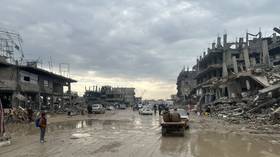
LONDON- A Jet2 (LS) flight from Birmingham (BHX) to Dalaman (DLM), Turkey, carrying 183 passengers, made an emergency landing at Luxembourg Findel Airport (LUX) on Saturday evening (May 3, 2025) after smoke developed in the cockpit and cabin.
The British low-cost carrier’s Boeing 737-8K5 aircraft diverted at approximately 6:30 pm when smoke began in the cockpit before spreading to the passenger cabin, prompting immediate emergency protocols.
 Photo- Riik@mctr; Wikimedia Commons
Photo- Riik@mctr; Wikimedia CommonsJet2 Flight Emergency Landing
The emergency situation developed rapidly aboard the Birmingham-Dalaman service when the flight crew detected smoke in the cockpit.
According to Alexander Flassak from Luxairport, all 183 passengers and crew were safely evacuated upon landing with no injuries reported. The incident did not disrupt regular operations at Findel Airport, with other flights continuing to arrive and depart on schedule.
Jet2, headquartered in Leeds, arranged for a replacement aircraft to transport passengers to their final destination in Dalaman later that same evening. The affected aircraft was subsequently returned to Birmingham for thorough inspection and maintenance.
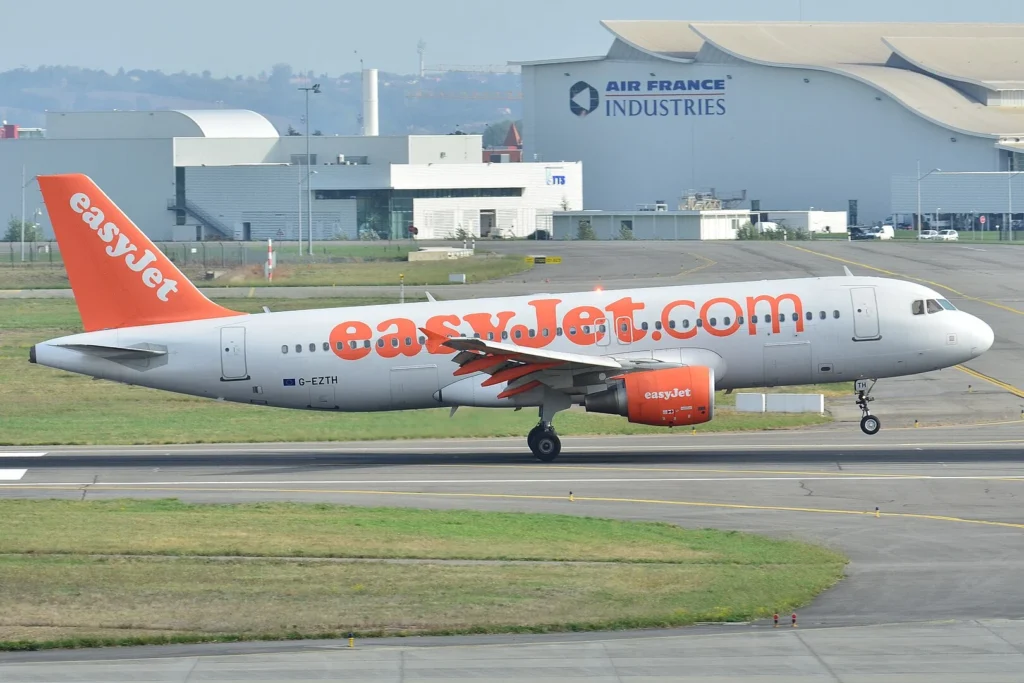 Photo: By Laurent ERRERA from L’Union, France – Airbus A320-200 easyJet (EZY) G-EZTH – MSN 3953, CC BY-SA 2.0, https://commons.wikimedia.org/w/index.php?curid=29837760
Photo: By Laurent ERRERA from L’Union, France – Airbus A320-200 easyJet (EZY) G-EZTH – MSN 3953, CC BY-SA 2.0, https://commons.wikimedia.org/w/index.php?curid=29837760EasyJet Flight Emergency Landing
In a comparable incident, on the same day, an EasyJet (U2) flight bound for Fuerteventura (FUE) from Milan Malpensa Airport (MXP) experienced a similar emergency. The Airbus A321 carrying 203 passengers departed at 7:53 am local time but was forced to return shortly after takeoff when smoke was detected in the cabin.
The flight crew declared an onboard emergency and safely returned to Malpensa, where the aircraft was met by emergency fire service vehicles.
All passengers disembarked without injury, and the aircraft was taken to a hangar for a comprehensive inspection to determine the cause of the smoke.
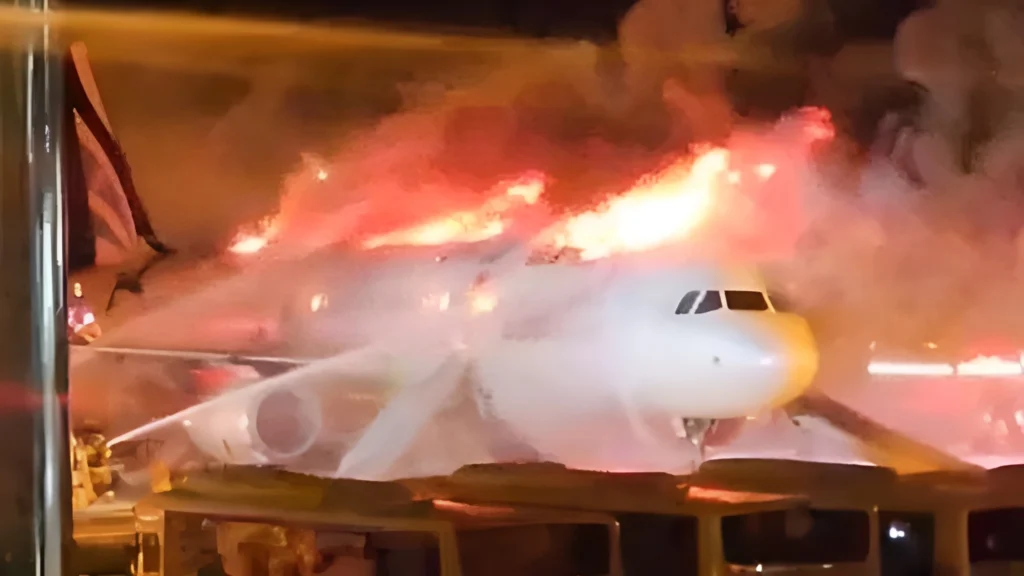 Photo: X User
Photo: X UserAircraft Cabin Fire Management
An in-flight fire represents one of the most hazardous emergencies flight crews can encounter, demanding immediate action and precise adherence to established protocols, Skybary reported.
Aviation experts emphasize that crews must follow company-approved emergency procedures and manufacturer guidance when identifying and combating fires aboard aircraft.
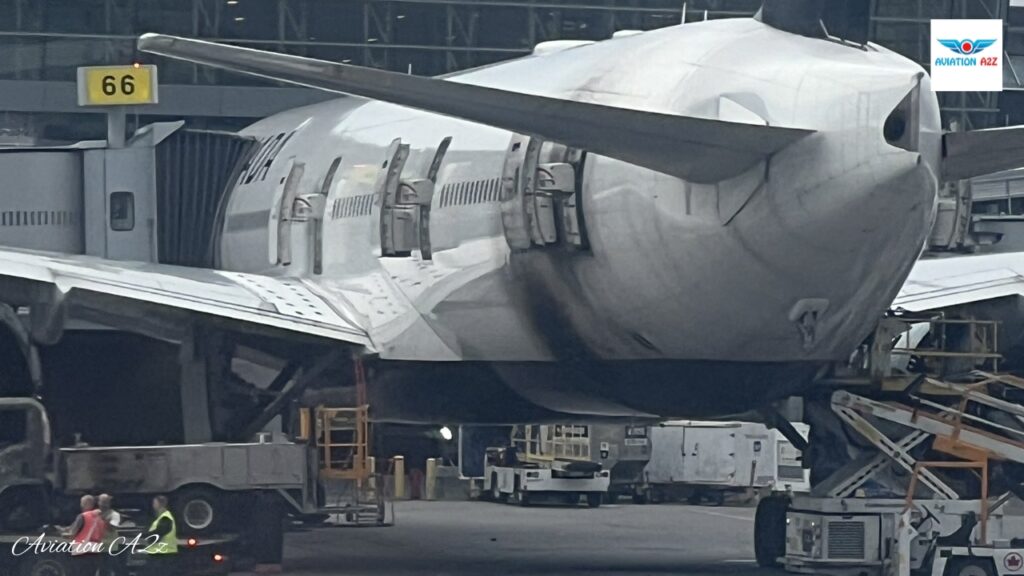 Photo: Twitter User
Photo: Twitter UserThe Severe Impact of Cabin Fires
A significant fire breaking out in the passenger cabin, lavatory, galley, or luggage compartment creates multifaceted dangers. Heat and toxic smoke rapidly accumulate in the confined space, potentially incapacitating crew and passengers, sometimes leading to fatal outcomes from suffocation or toxic gas inhalation.
Fire incidents can also trigger passenger panic, causing rushed movements that create aircraft balance issues and complicate control efforts. Additionally, vital aircraft systems may sustain damage, further compromising flight safety.
Aviation safety specialists stress that time becomes the critical factor when confronting an established in-flight fire. These incidents demand immediate and aggressive action, as cabin fires quickly become unmanageable without prompt intervention.
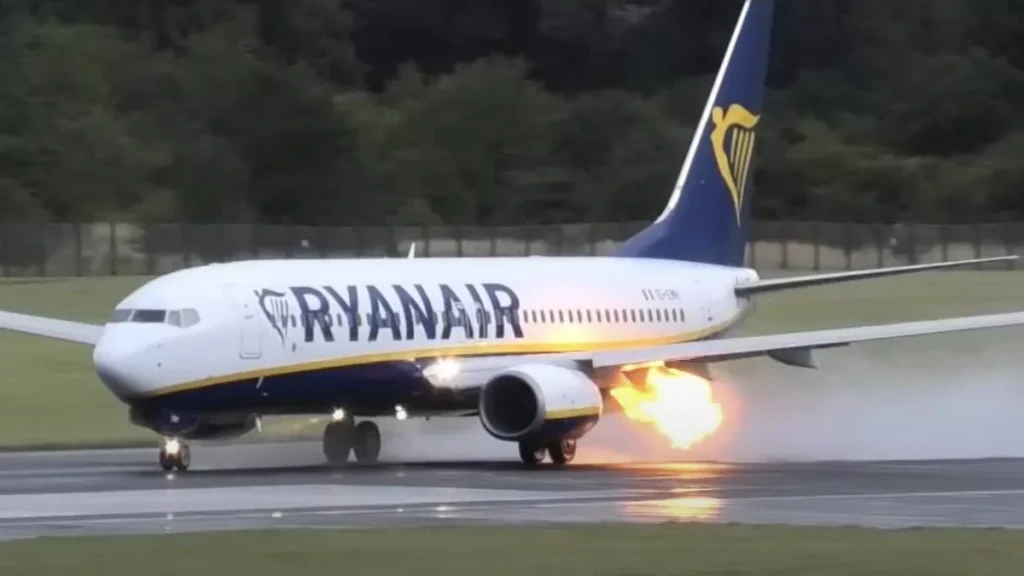 Photo: Robert Pittuck
Photo: Robert PittuckCommon Sources of Aircraft Fires
Despite widespread smoking prohibitions and the implementation of fire-resistant materials, various ignition sources continue to pose threats.
Airline data indicates that galley areas generate the most fire and smoke events, frequently involving electrical equipment. Oven fires occur due to inappropriate items, overheated food, or electrical malfunctions. Coffee makers, water heaters, and trash compactors present additional fire risks.
Electrical fires throughout the aircraft can typically be controlled by disconnecting power, though identifying the precise source often proves challenging. Lavatory fires, historically linked to improperly discarded cigarettes, also involve electrical components like flush mechanisms and lighting fixtures.
Waste container fires stem from multiple causes, including cigarettes, excessive heat from spilled beverages, hot plates, or chemical reactions, but normally remain contained. Overhead compartment fires frequently originate in passenger belongings, particularly from lithium batteries in personal electronic devices (PEDs). Modern aircraft with extensive in-seat entertainment systems also introduce electrical fire risks at passenger seating positions.
Essential Fire Suppression Equipment
Modern aircraft incorporate multiple fire safety systems. Optical smoke detectors installed in toilets and cargo areas activate when visibility significantly decreases from thick smoke. These sophisticated sensors typically avoid false alarms from cigarette smoke.
Portable fire extinguishers, positioned throughout the cockpit and cabin, target small fires with limited capacity. These devices typically contain Halon (BCF), Water Glycol, or CO2 extinguishing agents suited for different fire types.
Many aircraft feature automatic fire suppression systems in lavatory waste bins. Cargo compartment systems generally require crew activation, with long-range aircraft using slow-release agents that provide protection matching the aircraft’s extended-range capabilities.
Additional equipment includes fire/crash axes or insulated crowbars for accessing restricted areas, fire-resistant gauntlet gloves protecting against heat and sharp objects, and various smoke protection devices. Protective Breathing Equipment (smoke hoods), incorporating oxygen generators, provides 15-20 minutes of breathable air.
Portable oxygen bottles with full-face masks create tight seals against smoke infiltration while preventing oxygen leakage. Some operators also employ fireproof blankets to smother fires by cutting off the oxygen supply.
Stay tuned with us. Further, follow us on social media for the latest updates.
Join us on Telegram Group for the Latest Aviation Updates. Subsequently, follow us on Google News
British Airways Flight with 777 Makes Emergency Landing in Boston
The post easyJet and Jet2 Flights Makes Emergency Landing Amid Same Reason appeared first on Aviation A2Z.


